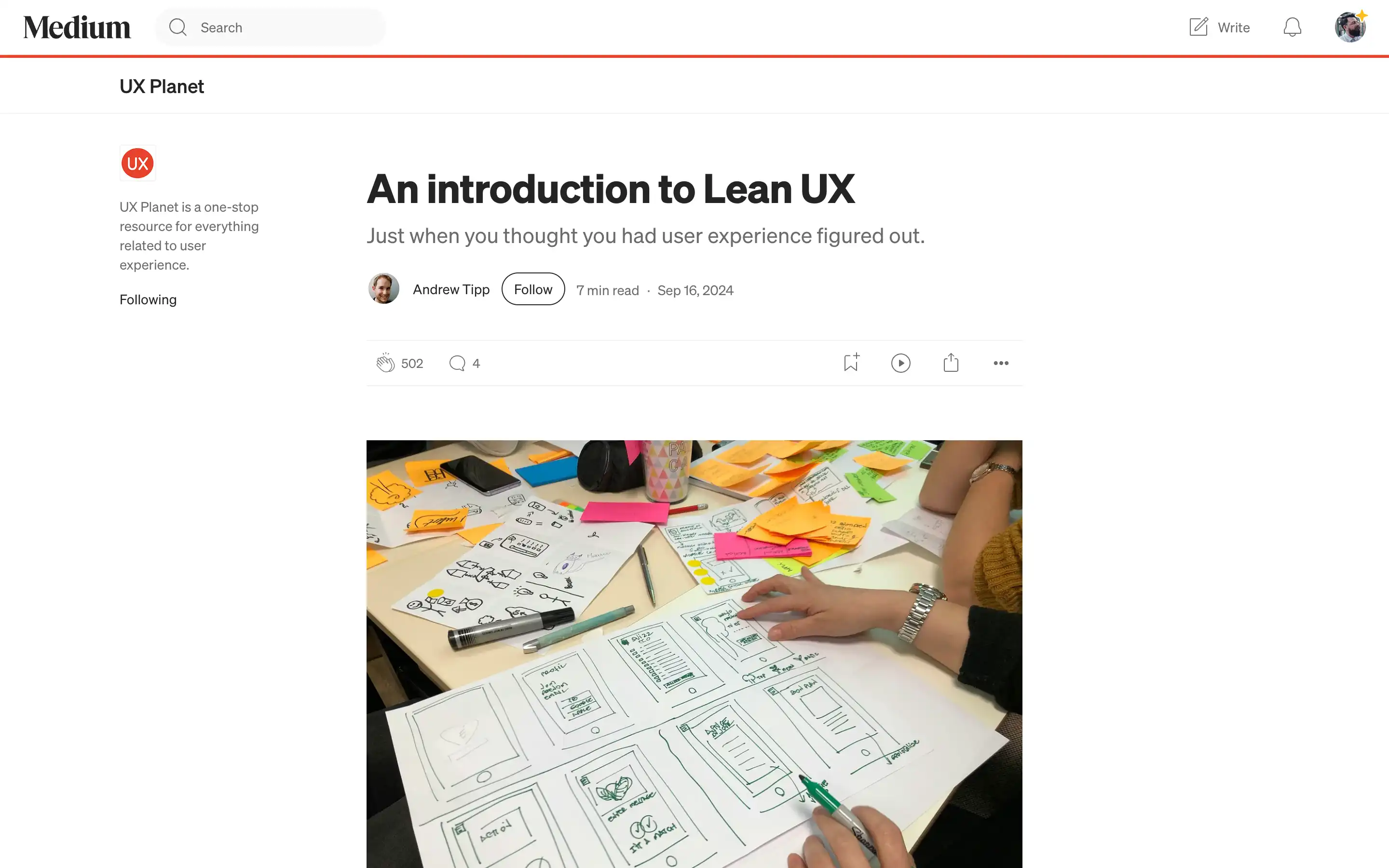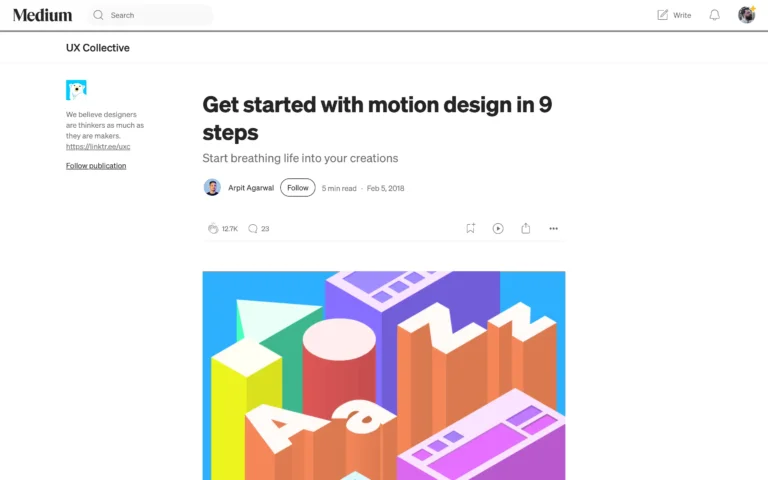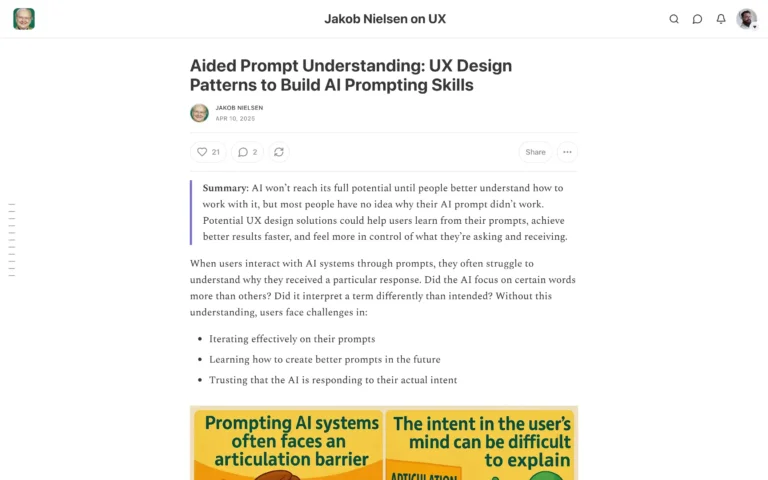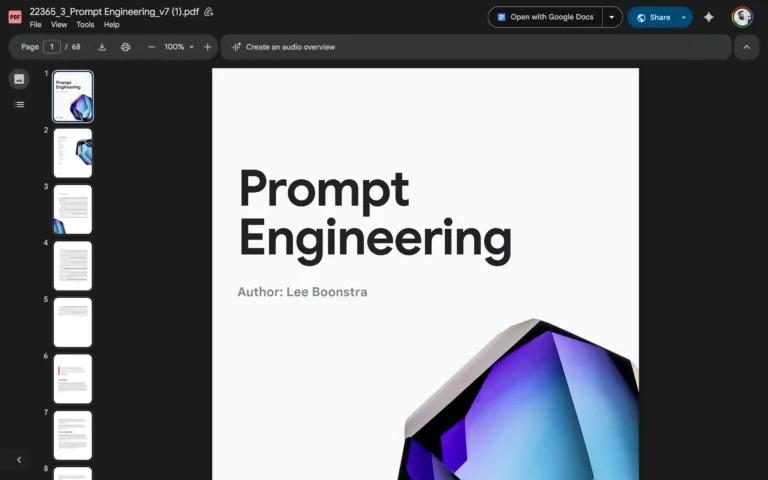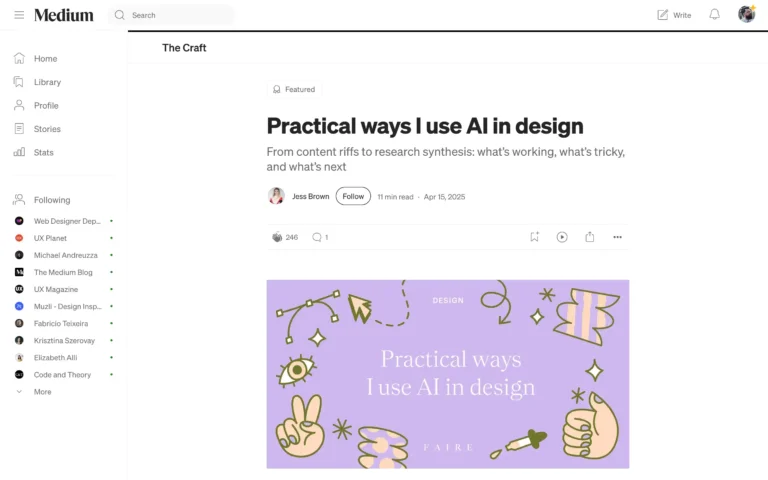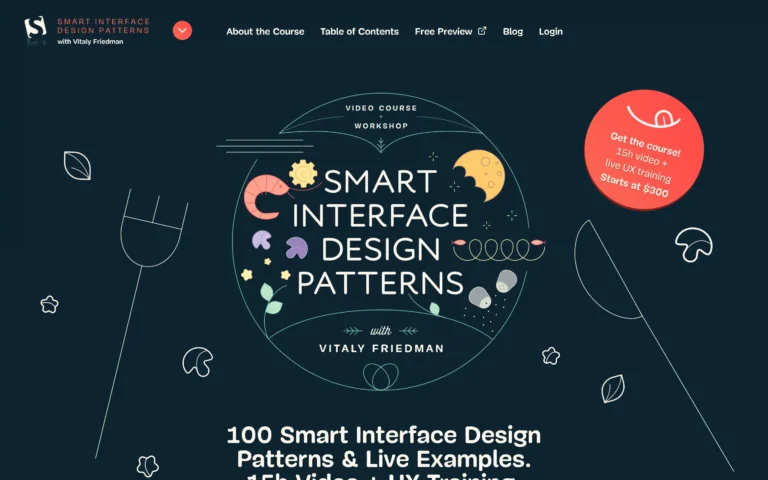In the ever-evolving world of digital products, the traditional approach to user experience (UX) design has been challenged by a new methodology – Lean UX. As described by Andrew Tipp, this innovative approach promises to revolutionize how teams tackle product development, focusing on reducing waste and maximizing value for the end-user.
As Tipp explains, conventional UX design has long been rooted in extensive user research, requirements engineering, and a focus on delivering specific outputs. However, Lean UX takes a different stance, discarding these traditional practices in favor of a more agile, iterative, and outcome-driven process.
According to Tipp, at the heart of Lean UX lies the belief that assumptions should be the starting point, not user research. Teams work to quickly validate or reject their hypotheses through rapid prototyping and continuous user feedback rather than investing time and resources in comprehensive upfront planning. This shift in mindset allows for a more responsive and adaptable approach, focusing on achieving measurable impact rather than simply ticking off deliverables.
